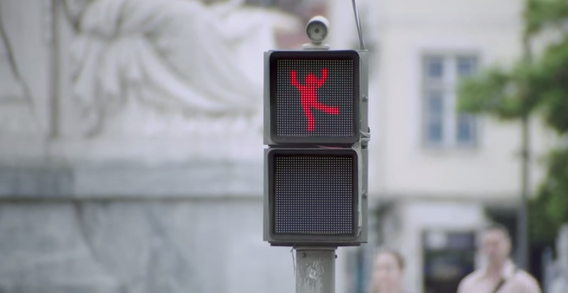I recently discovered Public Lab, a DIY science community,
“where you can learn how to investigate environmental concerns. Using inexpensive DIY techniques, we seek to change how people see the world in environmental, social, and political terms.”
I saw their balloon mapping kit, which you can buy from them or source yourself. The aim is “to provide a low cost, easy to use, and safe methods for making maps and aerial images.” They also offer a photo-stitching app to put your photos together.
Here’s an example of the kinds of results you can get. This is made by Jaroslav Valuch, Czech Republic.

The kit is reusable, and gives a family the chance to tackle a range of interesting challenges that yield a unique result. It looks as though practice is advised before attempting something specific: here’s a blog post from someone who tried it, together with a video compilation of the result and some lessons learned.
Here’s an image of the balloon kit in use, from Public Lab’s kick-starter campaign (over now, goal reached).
In many ways, mapping is a nice way into a lot of science and technology topics. Let me know if you have any experiences with it.






